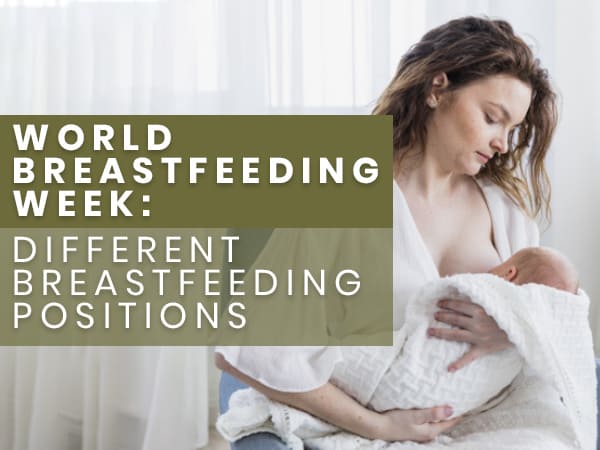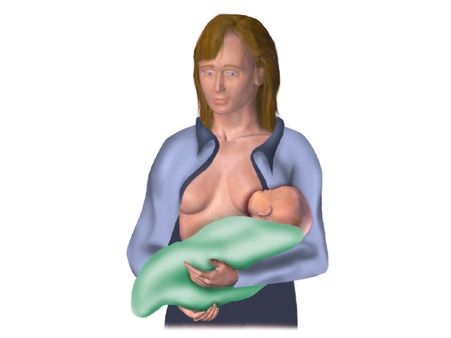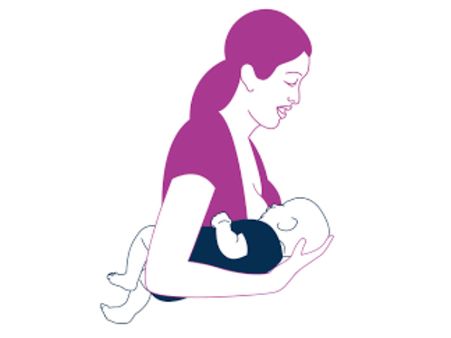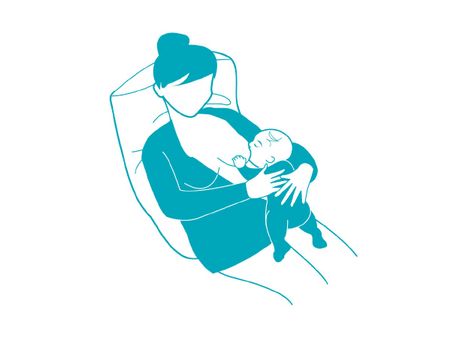Just In
- 3 hrs ago

- 4 hrs ago

- 8 hrs ago

- 12 hrs ago

Don't Miss
- News
 Electoral Bonds Controversy: Amit Shah Slams Rahul Gandhi, Asks Opposition Too Got Money, Is It Extortion?
Electoral Bonds Controversy: Amit Shah Slams Rahul Gandhi, Asks Opposition Too Got Money, Is It Extortion? - Movies
 Main Ladega, Mary Kom, Toofan - 5 Bollywood Boxing Dramas You Need To Watch
Main Ladega, Mary Kom, Toofan - 5 Bollywood Boxing Dramas You Need To Watch - Finance
 1:5 Stock Split: PSU Bank Fixes Record Date For First Ever Stock Split; Buy For Rs 650-680 Targets
1:5 Stock Split: PSU Bank Fixes Record Date For First Ever Stock Split; Buy For Rs 650-680 Targets - Sports
 T20 World Cup: 'He will definitely be in my list' - Anjum Chopra handpicks 2 wicketkeeper-batters for India squad
T20 World Cup: 'He will definitely be in my list' - Anjum Chopra handpicks 2 wicketkeeper-batters for India squad - Automobiles
 Tata Motors To Manufacture Jaguar Land Rover Cars In Billion Dollar TN Plant - Report
Tata Motors To Manufacture Jaguar Land Rover Cars In Billion Dollar TN Plant - Report - Technology
 OnePlus Ace 3 Pro Leak Hints at New Design; Expected Launch, Specifications We Know So Far
OnePlus Ace 3 Pro Leak Hints at New Design; Expected Launch, Specifications We Know So Far - Travel
 Journey From Delhi To Ooty: Top Transport Options And Attractions
Journey From Delhi To Ooty: Top Transport Options And Attractions - Education
 IIIT-Bangalore Introduces PG Diploma In Digital Product Design And Management
IIIT-Bangalore Introduces PG Diploma In Digital Product Design And Management
World Breastfeeding Week 2020: 6 Different Breastfeeding Positions For Mothers
Every year, World Breastfeeding Week is celebrated from 1 to 7 August to increase awareness on the importance of breastfeeding and improve the health of babies worldwide. The theme of World Breastfeeding Week 2020 is "Support breastfeeding for a healthier planet".
Breastfeeding, also called nursing, is the natural process of feeding babies with breast milk directly from a mother's breast. It is important and necessary to breastfeed your baby after birth because it provides health, nutritional and emotional benefits to both the infant and mother [1]. The World Health Organization (WHO) recommends breastfeeding within one hour after a baby is born to at least six months of age. While continuing breastfeeding, nutritious foods should also be added for up to two years or beyond.

Although breastfeeding is a natural process, it's not always easy when it comes to breastfeeding your baby in a proper position, especially for new mothers. A mother may need additional assistance for learning how to position herself while breastfeeding so that her baby is able to latch on comfortably and get sufficient breast milk [2].
When
you
have
your
first
baby
and
breastfeeding
is
new
to
you,
you
may
want
to
try
some
of
the
common
breastfeeding
positions
that
will
work
best
for
you
and
your
baby.
Read
on
to
know
the
common
breastfeeding
positions.

1. Cradle hold position
The cradle hold is one of the common breastfeeding positions. [3]
- In this position, you should sit down comfortably.
- Hold your baby with both your arms and support your baby at the breast.
- The baby's head is cradled near your elbow and your arm supports the baby's back and neck.


2. Cross-cradle hold position
The cross-cradle hold position is ideal for newborns and babies who have trouble getting latched on.
- In this position, you should sit straight comfortably on a chair with armrests.
- Bring your baby across in front of your body. Hold your baby in the crook of the arm opposite the breast you are feeding from - right arm for left breast and left arm for right breast.
- Support the back of the baby's neck and head with your hand and with the other hand support your breast from underneath and hold it in a U-shape.
- In this position, the mother can guide the baby's mouth easily to her breast. Do not lean forward while you are in this position.

3. Side-lying hold position
The side-lying position can be a good choice for mothers who are tired and want to breastfeed while lying down [4].
- Lie down on one side while resting your head on a pillow and face your baby's mouth towards your nipple and support the head with one hand.
Image ref:awomanshealingcenter


4. Football hold position
The football hold position, also called the clutch hold position is a perfect choice for nursing twins and also if you are recovering from a caesarean delivery since your baby doesn't lay across your abdomen. Also, this position is a good choice for mothers with large breasts and if your nipples are flat[5].
- In this position, you hold your baby beside you with your elbow bent.
- Support your baby's head with your open hand while resting your baby's back on your forearm. Your baby's face should be towards your breast.
- If you have twins, you may choose this football-hold position to breastfeed your babies.
Image ref:wicbreastfeeding.fns.usda.gov

5. Laid-back position
The laid-back breastfeeding position, also known as biological nurturing is often used by mothers who start their first breastfeeding. It is a great choice if you have twins or your baby has difficulty latching on.
- In this position, you lie back comfortably on a bed or sofa, just be in a semi-reclining position.
- Support your back, neck and shoulders with a pillow. Place your baby in front of your body so that the face is near your breast and feet and thighs are touching you.
- Your baby may wriggle and move upwards towards your breast and try to latch on to your breast.
- If you had a caesarean section, you could place your baby across our shoulder, so that his or her feet is not near your abdomen.
Image ref:www.babycentre.co.uk

6. Upright hold position
The upright breastfeeding position, also known as the koala hold, is a comfortable and effective breastfeeding position for babies with ear infections. A study has shown that the upright breastfeeding position can reduce ear infections and respiratory tract infections [6].
•
Sit
down
in
a
comfortable
position
and
make
your
baby
sit
upright,
facing
you
and
straddling
across
your
knee.
•
Support
your
baby's
head
and
back
with
one
arm
and
support
your
breast
with
the
opposite
hand
so
that
your
baby
is
able
to
latch
on
to
your
breast.
Image ref:www.thebump.com

Helpful Tips To Follow While Breastfeeding
- Before you start breastfeeding, take everything that you need such as pillows because you may not be able to get up again for sometime while you are breastfeeding.
- Ensure that you and your baby is comfortable in whatever position you are in. Your baby's back and neck should be supported with your arms.
- Check your baby is latching on properly to your breasts.
- If your baby struggles to latch on to your breast or if breastfeeding makes you sore, seek your doctor's help.
To
Conclude...
Whether you choose one of these breastfeeding positions, it's always a better idea to alternate the positions you use. Also, make sure that you are comfortable in the position and your baby is able to latch on to your breast properly.
-
 pregnancy parentingWorld Breastfeeding Week 2023: Breastfeeding Made Easy; Expert Advice For New Mothers
pregnancy parentingWorld Breastfeeding Week 2023: Breastfeeding Made Easy; Expert Advice For New Mothers -
 pregnancy parentingWorld Breastfeeding Week 2023: 5 Important Facts, Date, History And Theme
pregnancy parentingWorld Breastfeeding Week 2023: 5 Important Facts, Date, History And Theme -
 basicsWorld Breastfeeding Week 2022: UNICEF Guidelines For Breastfeeding
basicsWorld Breastfeeding Week 2022: UNICEF Guidelines For Breastfeeding -
 postnatalWorld Breastfeeding Week 2020: Guidelines On How To Safely Store Breast Milk At Home
postnatalWorld Breastfeeding Week 2020: Guidelines On How To Safely Store Breast Milk At Home -
 prenatalWorld Breastfeeding Week 2019: Foods To Eat While Breastfeeding
prenatalWorld Breastfeeding Week 2019: Foods To Eat While Breastfeeding -
 postnatalWorld Breastfeeding Week 2020: Top 30 Foods To Increase Breast Milk Supply
postnatalWorld Breastfeeding Week 2020: Top 30 Foods To Increase Breast Milk Supply -
 postnatalWorld Breastfeeding Week 2020: 5 Breastfeeding Tips For Working Mothers
postnatalWorld Breastfeeding Week 2020: 5 Breastfeeding Tips For Working Mothers -
 toddlerWorld Breastfeeding Week 2019: Pros And Cons Of Breastfeeding Toddlers
toddlerWorld Breastfeeding Week 2019: Pros And Cons Of Breastfeeding Toddlers -
 pregnancy parentingExpert Opinion On Breastfeeding: How It Will Help Baby And Mother
pregnancy parentingExpert Opinion On Breastfeeding: How It Will Help Baby And Mother -
 pregnancy parentingShattering Myths: Breastfeeding Success After Surviving Breast Cancer
pregnancy parentingShattering Myths: Breastfeeding Success After Surviving Breast Cancer -
 pregnancy parentingWeight Loss: Can I Diet While Breastfeeding? How Much Weight Can I Lose?
pregnancy parentingWeight Loss: Can I Diet While Breastfeeding? How Much Weight Can I Lose? -
 pregnancy parentingBreastfeeding Pain: What To Do When It Hurts
pregnancy parentingBreastfeeding Pain: What To Do When It Hurts


 Click it and Unblock the Notifications
Click it and Unblock the Notifications




